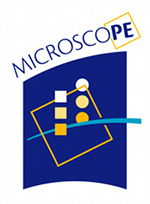Experiments in space cannot be easily repeated and therefore require extreme care for their results to be established beyond doubt. A space test of the weak equivalence principle is one such experiment. Assuming perfect knowledge of the entire apparatus and of the measurement procedure, data analysis is the final most delicate step. We discuss it for the GG proposed mission based on experience gained by analyzing data of the laboratory prototype. It is found that measurements in 2D rather than along a single direction are a crucial asset for identifying and separating spurious effects. As an example, we report on the current sensitivity of the prototype as obtained by partially separating, in the data analysis, noise sources which affect the ground test but are absent in the space experiment (i.e. motor/bearings rotation noise and terrain tilts).
- Presentation

 PDF version
PDF version
